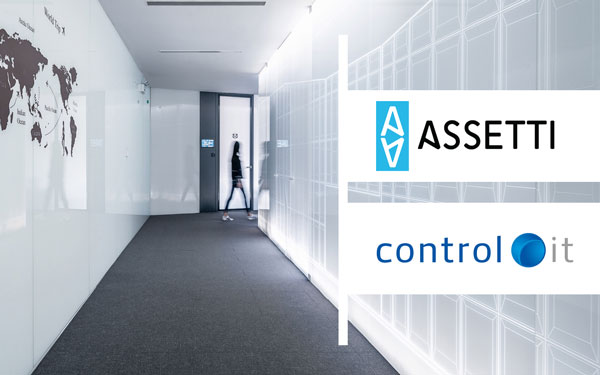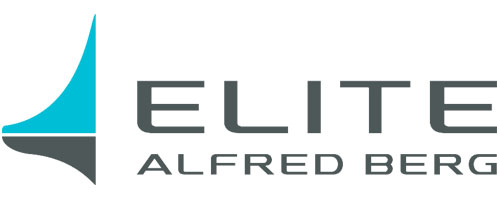Let’s admit it: it’s sometimes hard to stay on top of your property asset management business. You need to make a clear strategy for your business, follow it, take care of your tenants and secure your cash flow at the same time – what multitasking! The best way to find balance in all of these tasks is to clarify your business goals and set the specific key performance indicators, a.k.a KPIs, for those targets.
What are KPIs in property asset management?
In short, KPI is a measurable value that indicates the performance of your business objectives.
KPIs vary in every industry. For a marketing professional, one important KPI can be the number of readers in a blog and for a salesperson, one KPI could be the number of leads per month.
Now you’re probably thinking: what are the most important KPIs for a property asset manager? Well, you’ve come to the right place.
Next, we’re revealing you what those KPIs are and why they should be followed on a regular basis.
1. Vacancy rate
The vacancy rate is one of the most important KPIs you, as a property asset manager, should follow. The vacancy rate is the percentage of all units that are available in your property. It’s the opposite of the occupancy rate which is the percentage of occupied units.
By following your vacancy rate and reacting on the high vacancy rates, you can drive more growth in your cash flow.
The calculation of the vacancy rate is done by taking the number of vacant units, multiplying that with 100, and dividing that by the total number of units. Therefore, the vacancy rate itself represents all the units that are ready to be rented, those that the tenant has exited and units that are not rentable at the moment because of renovations or repairs.
[signinlocker id=”25756″]
2. Tenant turnover rate
As a property manager, you probably relate that tenants are one of the most important aspects of your business. One tenant metric that should be followed is tenant turnover rate. It’s common for tenants to move every one or two years, depending on the unit’s market area.
If the turnover rate is significantly higher than average, there are some questions you should ask yourself. According to Buildium the questions could be the following ones:
- Are repairs and maintenance overdue?
- Am I missing standard rental amenities?
- Am I charging too much for rent?
- Am I unresponsive to residents’ concerns?
To help yourself to find out the “whys” when residents leave, you could ask them why they’re leaving and moving elsewhere.
3. Yield
When investing in commercial real estate, the first question might concern the yield of the property. Why? What is the big deal about yield?
Yield is an important way to measure the current and future income on the investment. The return you are now getting and what you are getting in the future is a key factor. Yield is the percentage based on property’s income/market value, running costs and annual income. Typically good commercial properties return a considerably higher yield than residential properties.
Most property managers will be able to find cost savings to improve the company’s revenue if they look critically enough at their R&M expenses.
4. OPEX
OPEX, operational expenditures, are the daily expenses a company incurs to keep their business operational. These operational expenditures can be for example rent, utilities, property taxes, etc.
For you, the goal may be to maximize output relative to OPEX. This way OPEX will represent a core measurement and KPI of your property business’s efficiency over time.
5. NOI and Revenue Growth
NOI, Net Operating Income, is a calculation which is used to analyze the real estate investments that generate income. It equals the property’s revenue minus the necessary operating expenses. NOI serves as a way to analyze the viability of a property.
By knowing the property’s net operating income, you know how much money it brings after covering all of its expenses and accounting for unrented time periods.
Grow your business by following the right KPIs
By following these 5 KPIs, you can ensure the long-term efficiency of the managed properties that will drive the growth in the cash flow and maximize returns for the investor. For growing revenue, you need to minimize the operational expenses and serve asset managers with CAPEX plans that optimize cost and tenant retention.
There are lots of information that customers require property managers to know at any given time. Let’s pose a question: if a customer asks you the vacancy rate of your portfolio at this very moment, will you be able to answer?
If you answered ‘ yes’, you’re on the right track with your business. If ‘no’ or ‘not sure’, it’s time for you to set specific business objectives and KPIs. Better start doing it now!
[/signinlocker]









